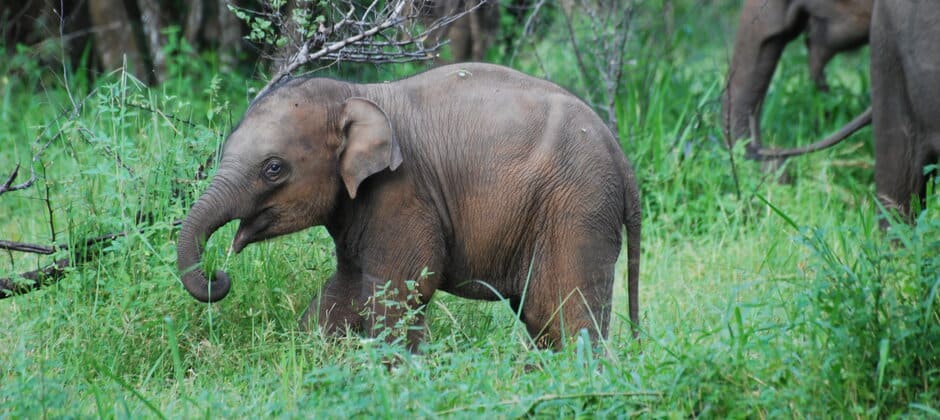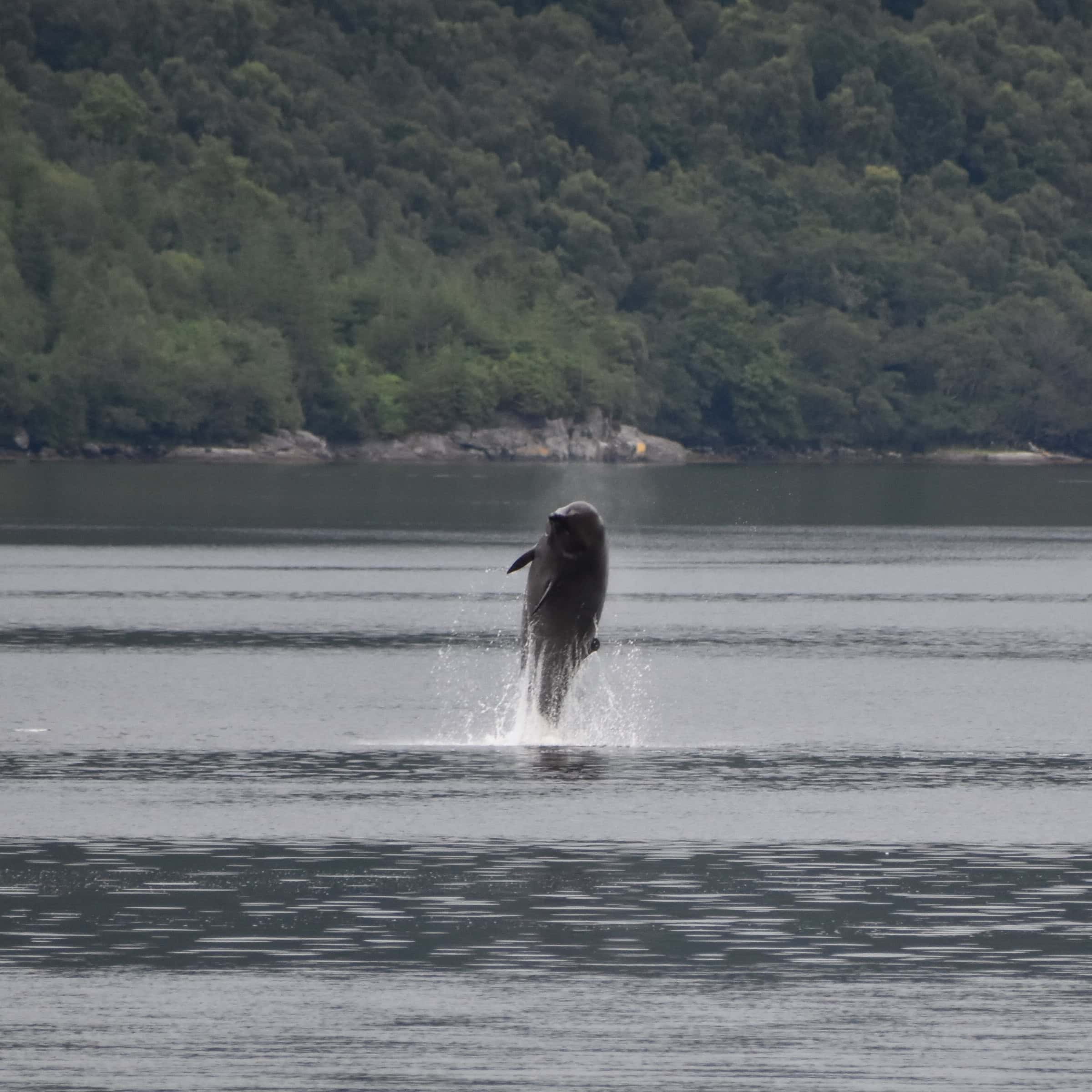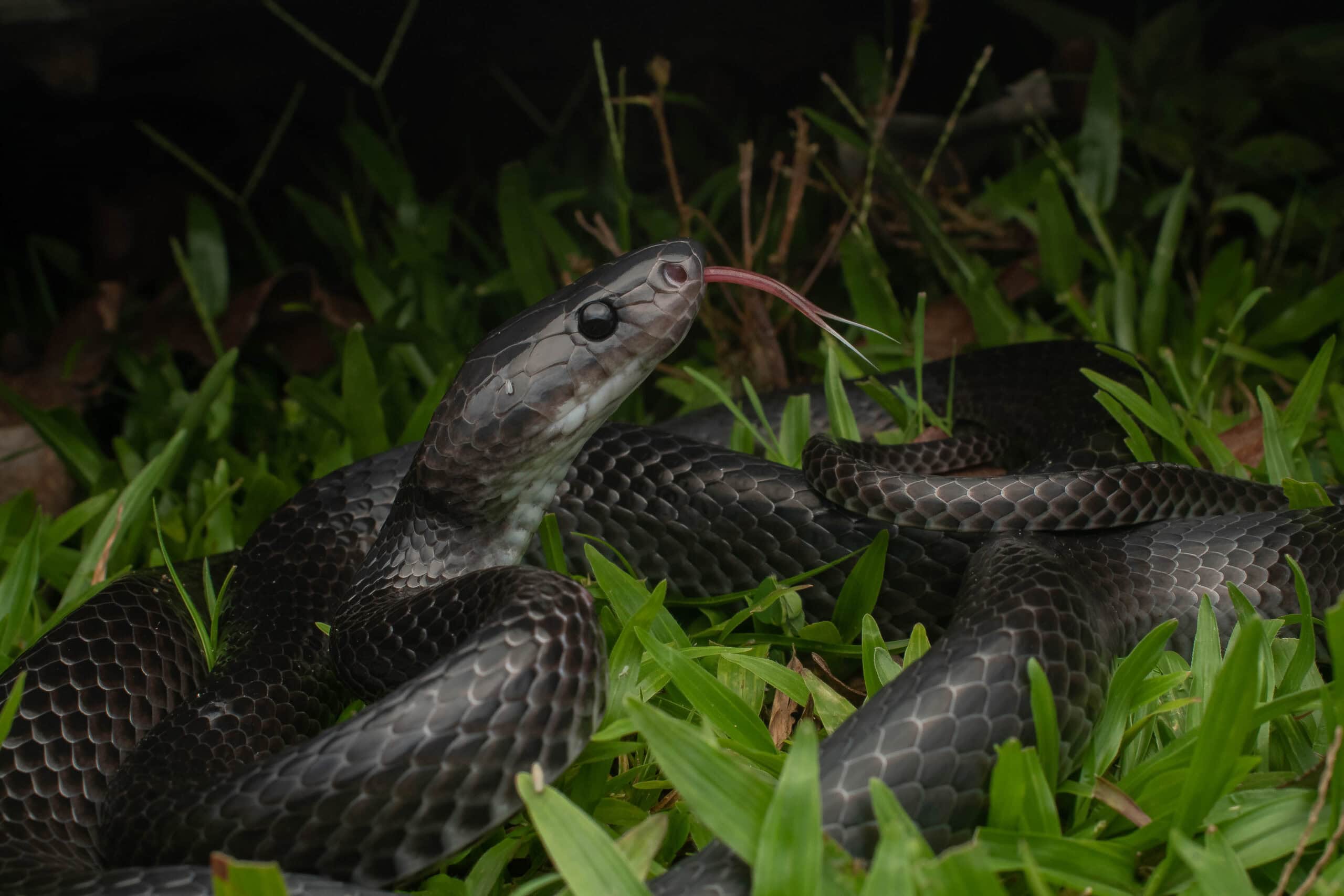Share this article
JWM: Sri Lankan elephants face danger despite protections
Despite a ban on elephant killing and the development of several protected areas for the animals to roam, some farmers still take the lives of the pachyderms in northwestern Sri Lanka to protect their land.
While the numbers of elephant deaths caused by humans isn’t really increasing or decreasing in the region, the patterns that surround it are changing, said TWS member Chase LaDue, a PhD candidate in environmental science at George Mason University in Virginia.
Sri Lanka has an estimated 7,000 elephants (Elephas maximus maximus). For farmers, the large mammals can destroy entire crops in a single night. While they are protected by law, poor subsistence farmers who have exhausted non-lethal deterrence methods sometimes turn to lethal methods in an effort to protect their food and livelihood.
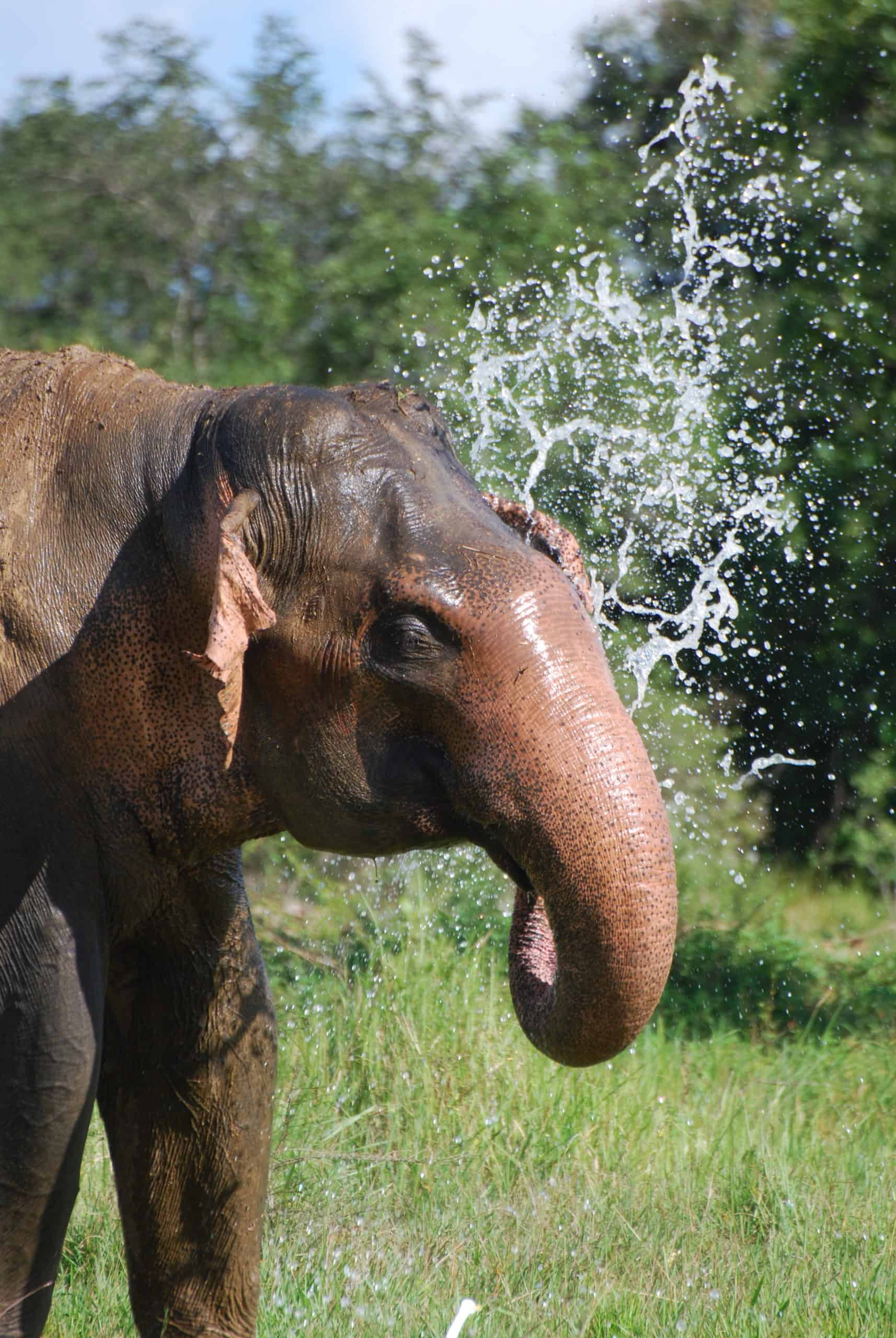
Sri Lankan elephants have benefited in some ways from the relative inaccessibility of wild areas of the country during the decades-long civil war. Credit: Chase LaDue
Veterinarians from the Department of Wildlife Conservation typically conduct necropsies on elephants found dead in Sri Lanka. In a study published recently in the Journal of Wildlife Management, LaDue and his colleagues examined 10 years’ worth of necropsy record. These records revealed about 500 elephants had died in northwestern Sri Lanka from 2009 to 2018.
The researchers categorized the deaths into intentional, unintentional, natural and unknown causes. They found that about 70% of all elephant deaths during this period were related somehow to humans.
People sometimes intentionally killed the elephants by gunfire, poison or improvised explosive devices set up as booby traps. While the earlier years of the team’s records showed that gunfire was the most common method used in intentional elephant killings, the rate of these means of killing the animals decreased over the decade.
“As deaths related to gunfire decreased, other forms of intentional death increased,” LaDue said.
This is likely due to the availability of guns, which were probably more common in 2009 directly after the end of the Sri Lankan Civil War. Since then, elephant mortality from gunfire has decreased, probably due to better patrolling by wildlife officers, but LaDue said the records show that people resorted to other methods to kill elephants like poisoning or using improvised explosive booby traps — improvised bombs set out in the fields and sometimes even baited with fruit or grass.
“A few elephants get killed [from these bombs], but we’ve seen elephants with mangled jaws if the explosives aren’t strong enough, which eventually leads to starvation and infection,” LaDue said.
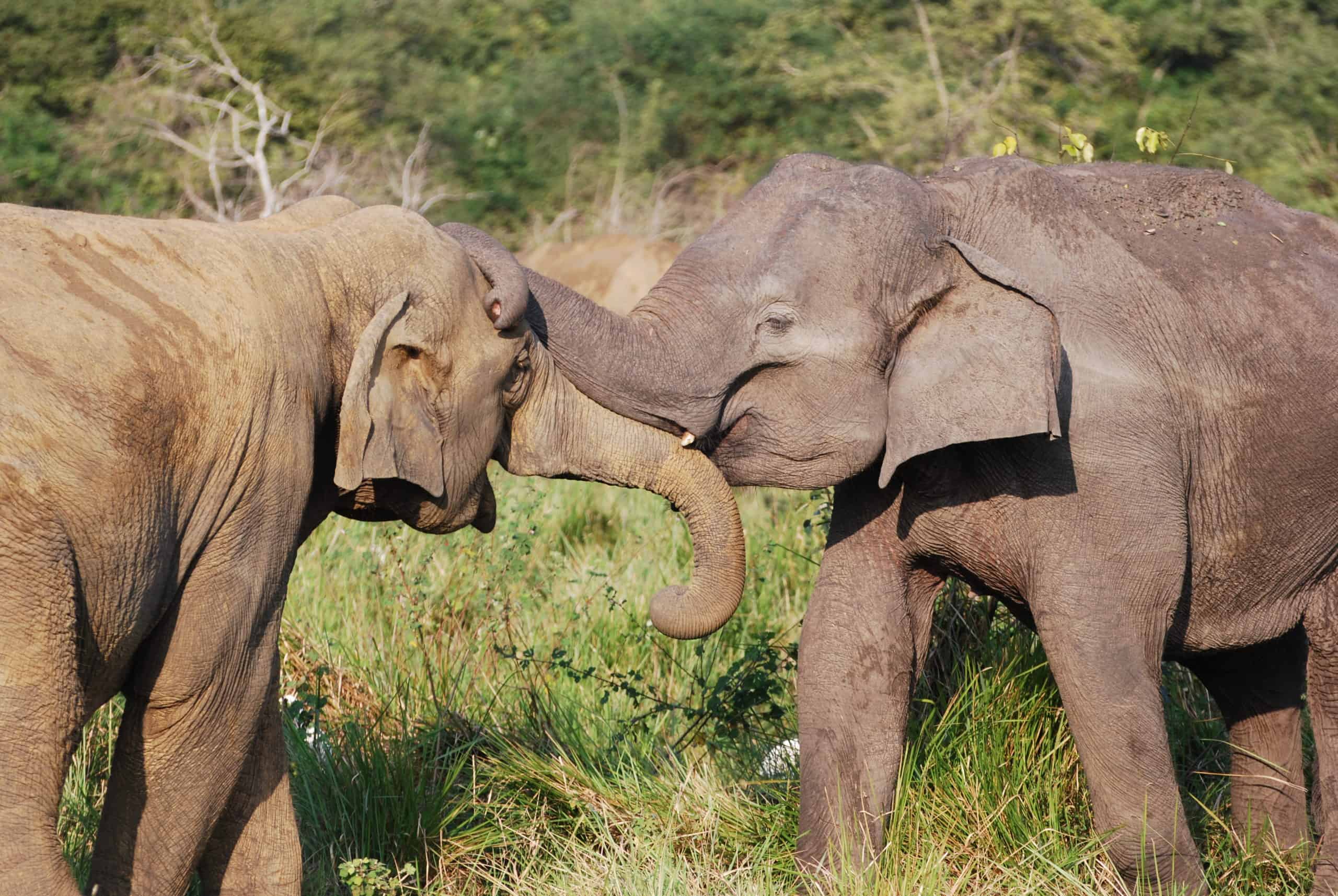
Elephant raids can cause huge losses to small farms. Credit: Chase LaDue
Monthly trends also revealed that people killed more elephants during the peaks of the two rainy seasons that occur in the northwest of Sri Lanka, when crops are near ready for harvest.
During this time, the pachyderms tended to raid the farms more. “People had more of a motivation to kill elephants,” LaDue said.
Humans also unintentionally killed elephants through electric fences, train or vehicle collisions, and snares set out by hunters looking for other types of bush meat.
But what initially surprised LaDue and his colleagues is that the districts with the highest proportion of protected lands were also the ones that had the most human-related mortality.
The team believes this might be because the protected areas are not large enough, and so elephants must move in and out of them regularly to acquire the resources they need. It could also be due to a lack of government compensation for people around the parks who lose crops to elephants. Compensation schemes have been used with some success with African elephants (Loxodonta africana), or in other parts of the world where predators might prey on livestock. They can work when they are properly administered. If Sri Lankan farmers living near protected areas could receive adequate compensation when elephants damaged or destroyed their crops, they may be less likely to kill or injure the large herbivores.
Finally, the researchers discovered that humans were more likely to kill young male elephants. LaDue isn’t sure whether this is behavior related — young elephants might just be more likely to come into conflict than older animals. This study is really just a “starting point,” since 10 years isn’t that long next to the lifespan of animals that live for decades.
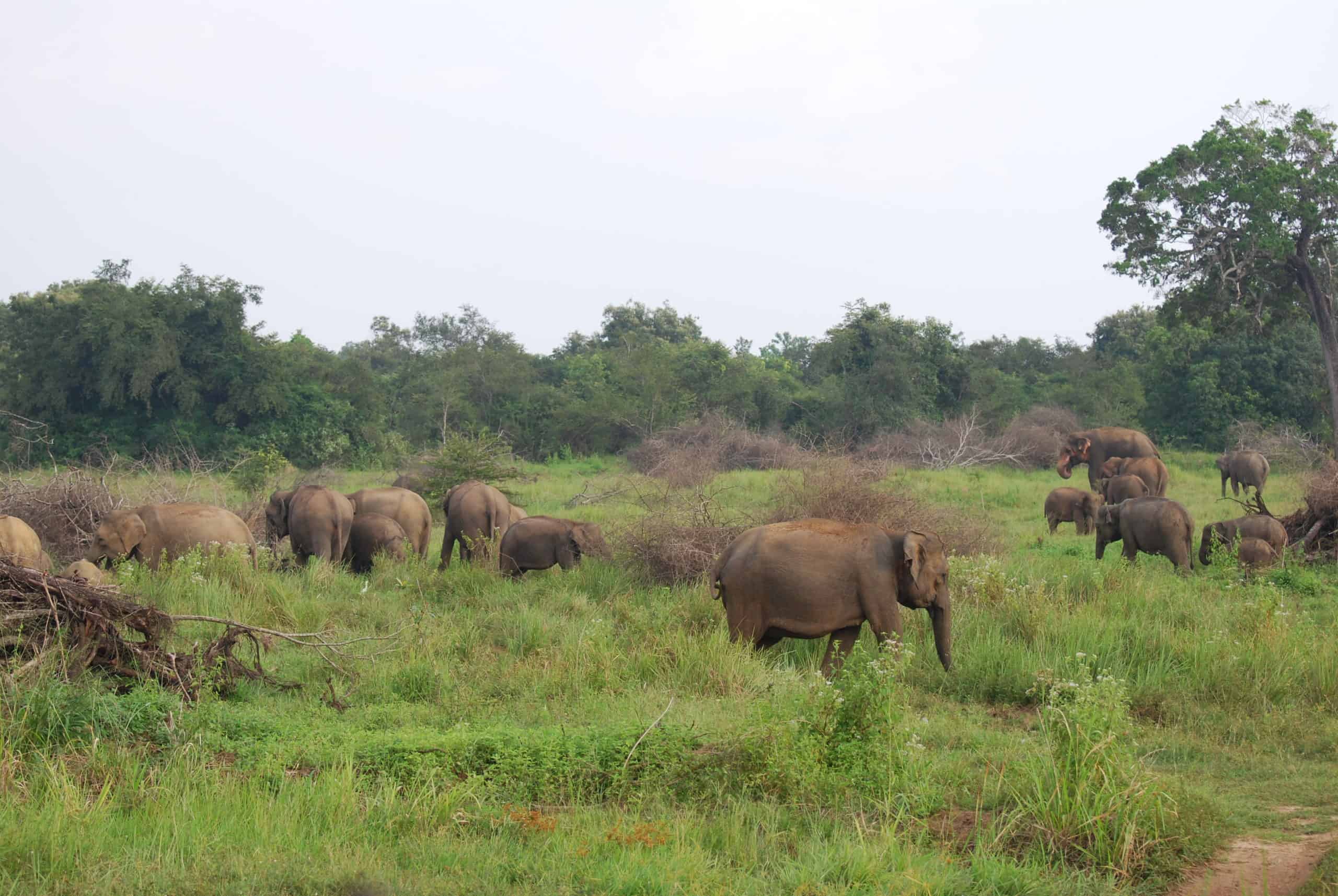
Regardless of conflict with humans, elephant numbers are likely near carrying capacity in Sri Lanka. Credit: Chase LaDue
Overall, Sri Lankan elephants aren’t exactly declining, despite some of the conflicts with humans, LaDue said. The civil war may have played a role in the population’s good health, since humans didn’t enter many wild areas for decades during the strife. LaDue even said the pachyderms are likely near carrying capacity on the island nation, which is roughly the size of West Virginia.
“Elephants are actually doing fairly well in Sri Lanka compared to elsewhere in the region,” he said.
Nonetheless, it’s important to keep monitoring the animals there to get a picture of overall population health, LaDue said. He added that future studies could determine whether other factors play a role in conflicts. Research in Borneo suggests that large plantations might drive elephants onto smaller plots of farmed land, while LaDue wonders whether water availability or deforestation might cause increased problems in some areas.
This article features research that was published in a TWS peer-reviewed journal. Individual online access to all TWS journal articles is a benefit of membership. Join TWS now to read the latest in wildlife research.
Header Image: An elephant calf in Sri Lanka. Credit: Chase LaDue



